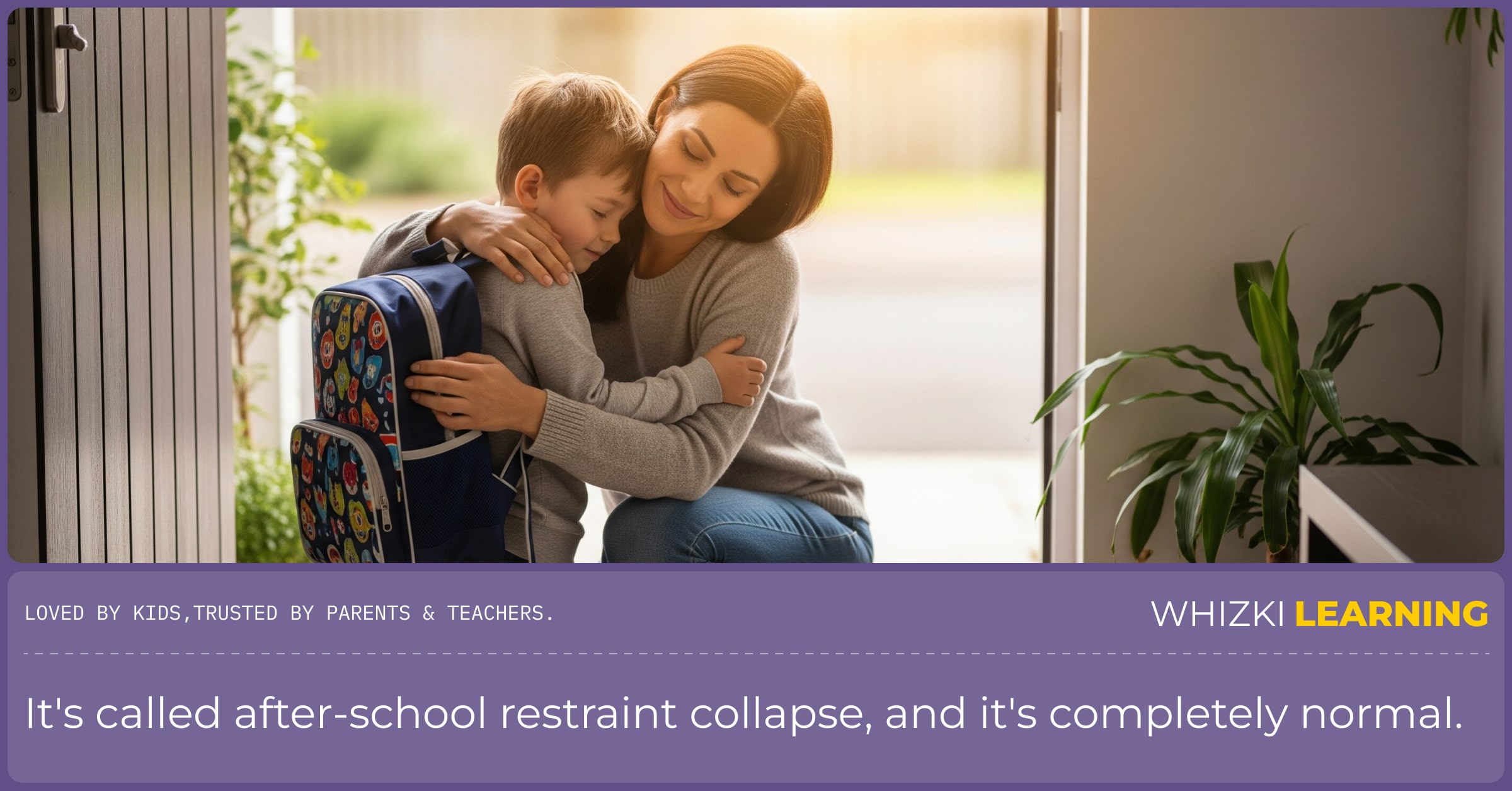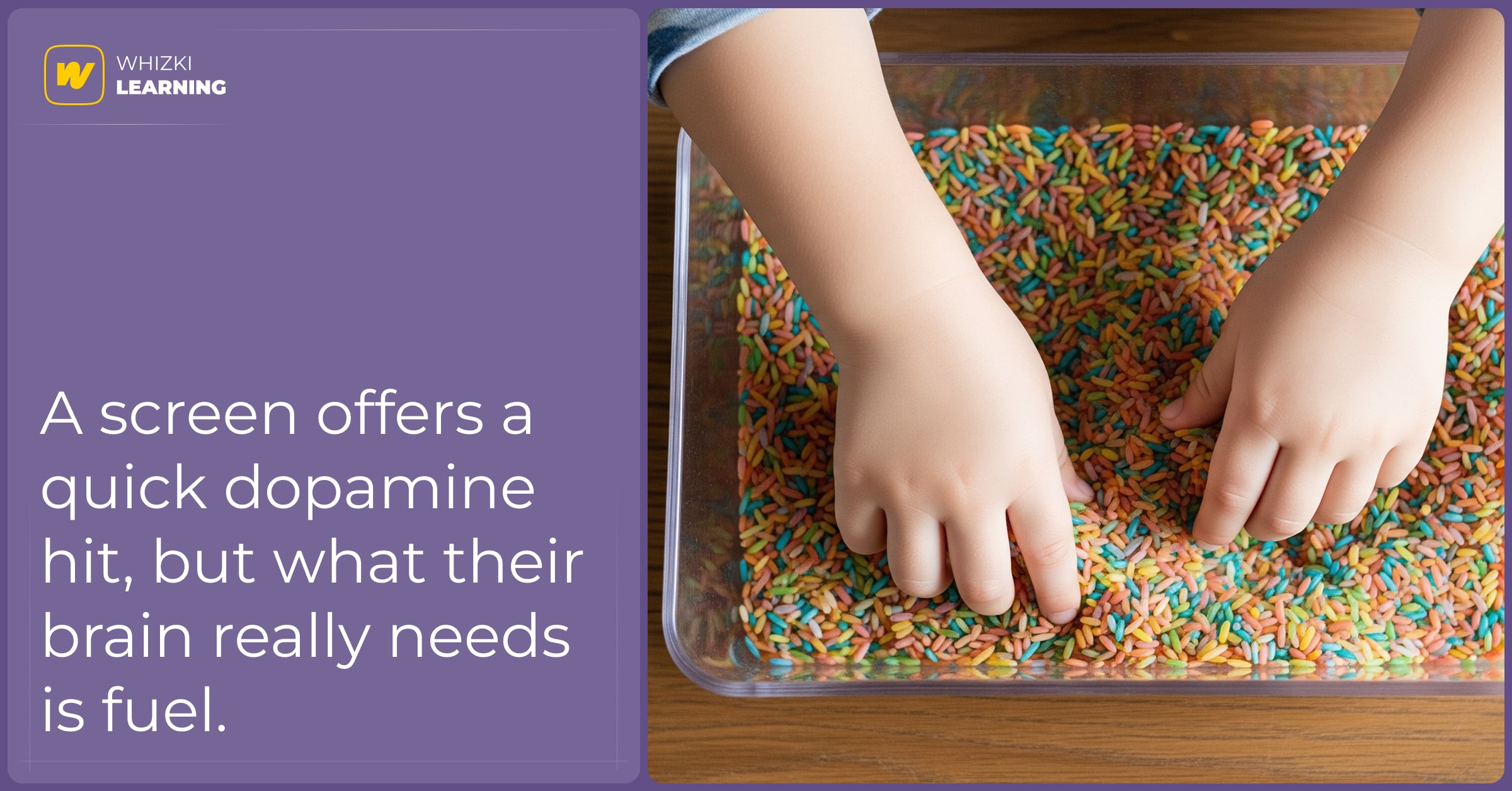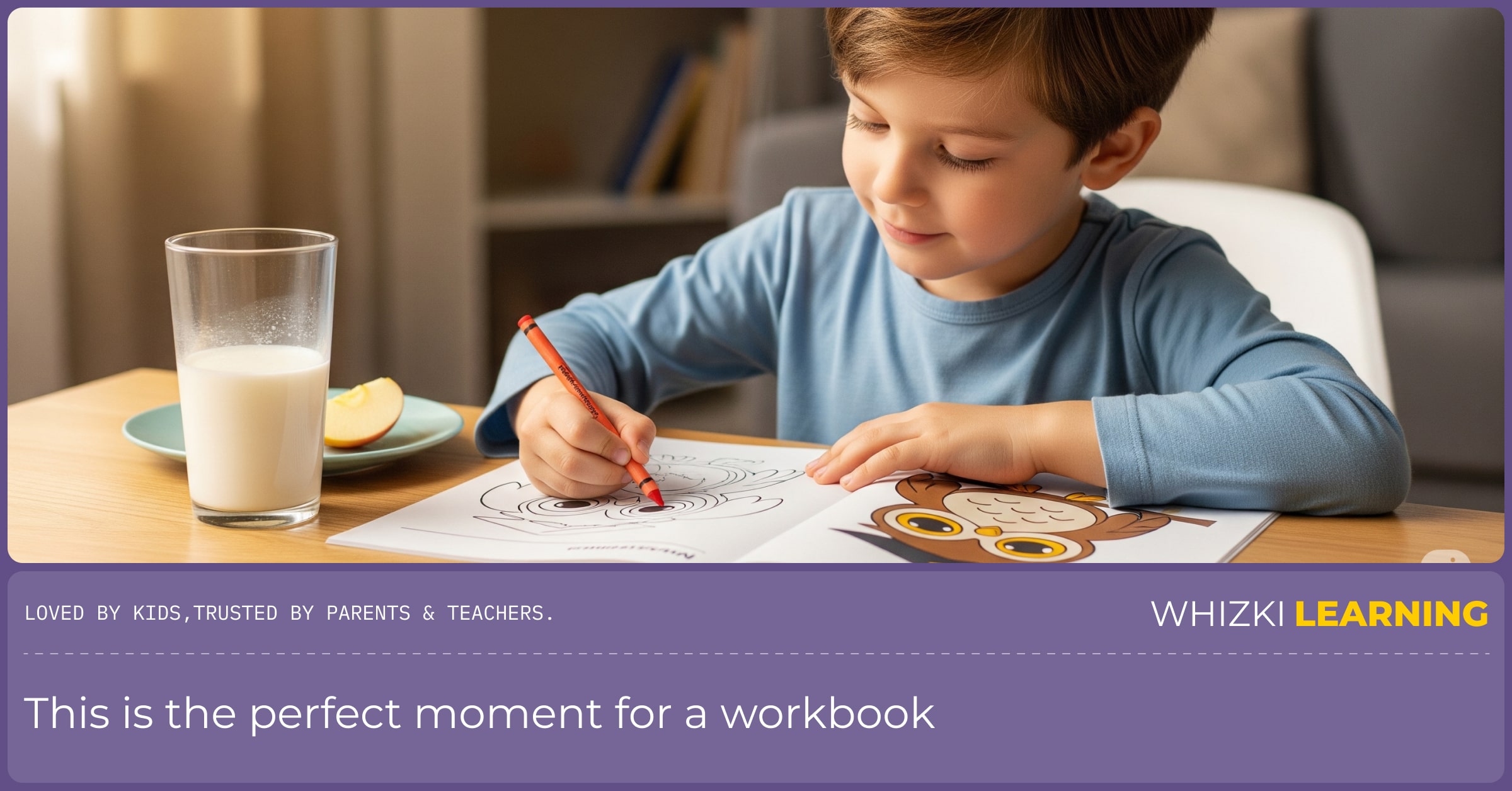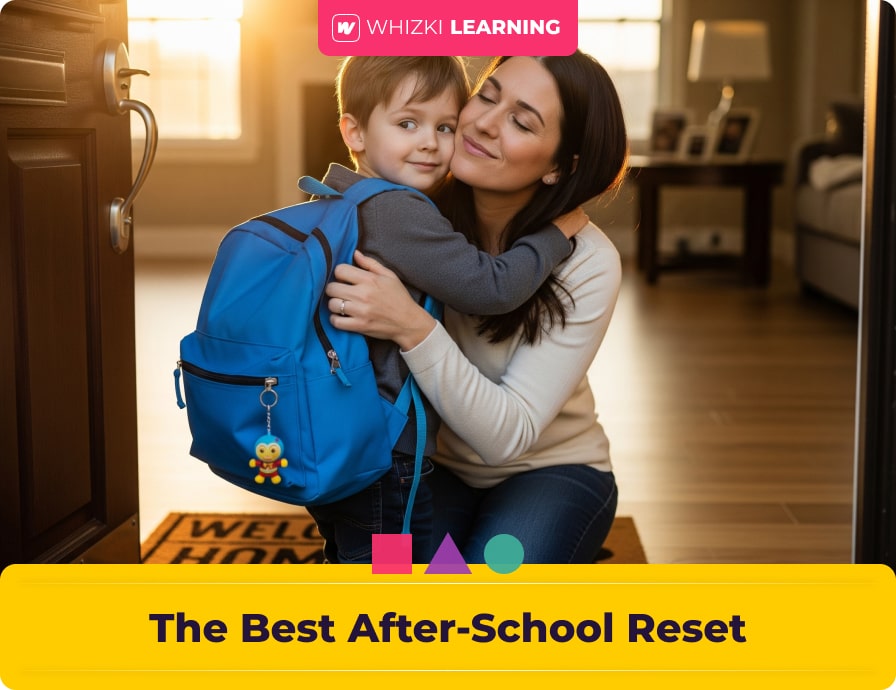The front door swings open, a backpack is dropped on the floor with a thud, and it begins. The whining. The sibling squabbles. The sudden, inexplicable tears over a broken cracker. Welcome to the after-school meltdown, a daily phenomenon that can test the patience of even the calmest parent. For many of us, the instinct is to offer a screen as a quick fix to decompress. But what if there was a better, more connecting way to navigate this tricky transition?
First, let's understand what's happening. It's called after-school restraint collapse, and it's completely normal. Your child has spent the entire day holding it together-following rules, managing social interactions, and learning new things. Home is their safe space, and you are their safe person. So, all the pent-up frustration, exhaustion, and overstimulation of the day comes tumbling out. They aren't giving you a hard time; they are finally allowing themselves to have a hard time.
The key to a peaceful afternoon is not managing the child's behavior, but managing the child's environment and nervous system.- Dr. Chloe Sterling, Child Psychologist
This guide provides the best after-school reset routine. It’s a simple, 5-step framework designed to calm your child's nervous system and turn what is often the most chaotic hour of the day into a predictable and peaceful ritual of reconnection.

The 5 Steps of the Best After-School Reset
Think of these as a sequence. Each step helps regulate the brain and body, preparing your child for a calm evening.
Step 1: Connection Before Correction (or Questions)
Your child has been missing you all day. Before you ask, 'How was your day?' or say, 'Please go hang up your backpack,' take 90 seconds to simply connect. Kneel down to their level, give them a real hug, and say something simple and loving.
- Your Script: 'I am so happy to see you. I missed you today.'
- The Science: This fills their 'connection cup' first, sending a powerful signal of safety to their brain. As we covered in our guide to connection habits, this is the foundation for everything else.
Step 2: The Brain-Fueling Snack
A child's blood sugar is often at its lowest after school, which directly contributes to irritability ('hangriness' is real!). A screen offers a quick dopamine hit, but what their brain really needs is fuel.
- What to Offer: A simple snack that combines a protein or healthy fat with a complex carb. Examples: apple slices with peanut butter, yogurt with a few berries, cheese and whole-grain crackers.
- The Science: This stabilizes their blood sugar, which is essential for emotional regulation. Make it a ritual to sit together for five minutes while they eat, with no other distractions.

Step 3: 'Big Body' Decompression
Your child's body has been sitting and holding still for hours. It needs to release that pent-up physical energy. Trying to force a tired child to do a quiet activity at this point is a recipe for disaster.
- What to Do: Ten to fifteen minutes of 'heavy work' or gross motor play. Go outside to swing or run if you can. If you're indoors, have a pillow fight, do some 'animal walks,' or just have a silly dance party. We explore many more ideas in our guide to learning through movement.
- The Science: This proprioceptive and vestibular input is deeply calming to the nervous system. It 'resets' the body and brain, releasing physical tension and making it possible to focus later.
Step 4: The Sensory 'Cool-Down'
After the big body play, it’s time for a sensory activity to help the brain transition towards a calmer state. This is a bridge to quiet time.
- Activity Ideas: A small bin with sand or water, play-doh, finger painting, or even just a warm bath.
- The Science: Repetitive, tactile sensory play is incredibly meditative for a child's brain. It helps them down-regulate from the high energy of physical play to a more peaceful state.
Step 5: The Quiet Focus Finale
Now, and only now, after their needs for connection, food, and movement have been met, is a child truly ready for a quiet, focused activity. This is the perfect moment for a workbook.
- The Invitation: Instead of making it a demand, make it an inviting ritual. 'Would you like to do a special puzzle page with me before we start dinner?'
- The Tool: A kindergarten workbook with a variety of fun, engaging activities-like mazes, dot-to-dots, or coloring pages-is ideal. The task should feel like a fun puzzle, not like more 'school work.'
- The Science: The structured, predictable nature of a workbook page is incredibly organizing for a brain that has just processed a full day of chaotic input. It's a final, calming 'reset' that allows them to practice their academic skills in a low-stress state, ending the after-school period on a note of success and connection. This prevents the meltdowns we discuss in our guide to tantrums.

The Best Tool for a Peaceful Transition
The after-school hours are precious. They're a chance to reconnect and refuel. At Whizki, we design our screen-free activities for kids to be the perfect tool for this transition. Our workbooks provide a predictable, calming, and rewarding way to finish the 'reset' routine, giving your child a sense of accomplishment and giving you a moment of peace. It's the best way to ensure the rest of your evening is filled with connection, not chaos.






